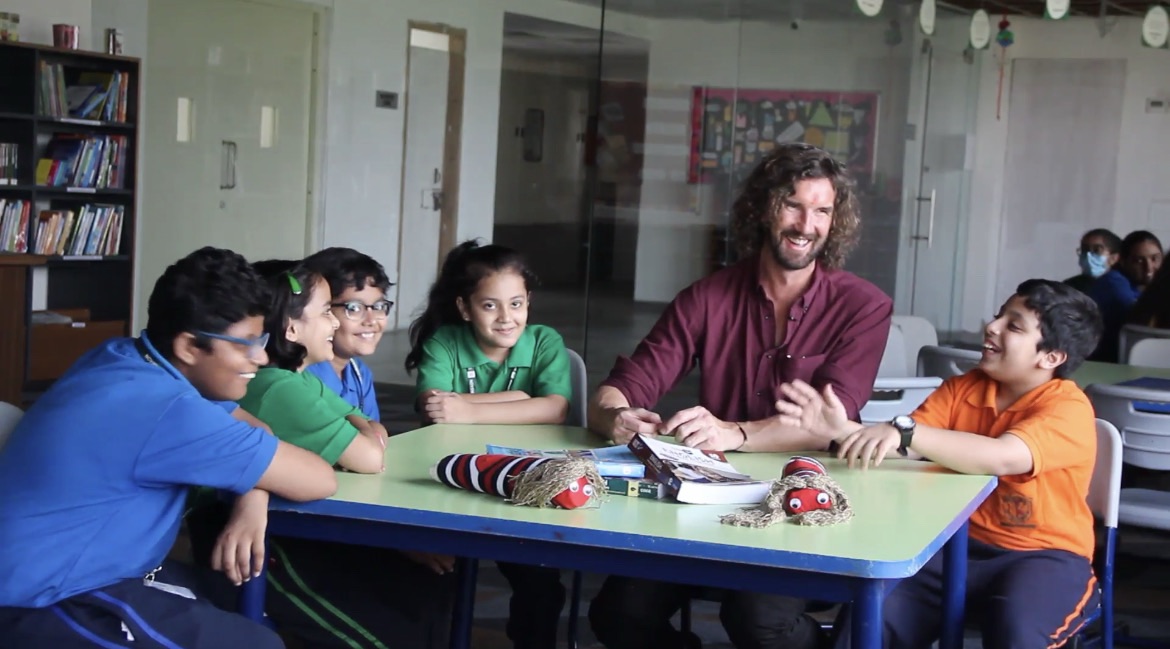So you’re a teacher and you’re delivering online learning now, like many teachers you’ve had a very steep learning curve over the last few weeks, but in this profession you’re used to being thrown curve balls. I mean resilience and flexibility are your middle names, but what makes the ultimate E-learning experience?
If we are going to do this for a while? What assessment criteria should we use to assess our online learning experience?
Here’s 11 things we all need to be aware of when delivering online lessons:
- Make sure that the children know their ‘virtual timetable’ even have a morning roll call. Children need routine and so do you. Make sure mum and dad are also aware of the routine.
- Make your instructions short and clear. Imagine that mum are not be there to assist the child to understand. If written instructions are too hard, a short recorded video or using a video that already exists on you tube to do the job for you.
- Are you using a variety of mediums? Video, written text, music, imagination and investigation are all wonderful form of lesson stimulus? Remember when you ask the children to use their imagination in as assignment, the workload for you is minimal and the result will be differentiated by outcome, so everyone wins.
- Make sure that each lesson involves an essential skills. Facts are great but try to include, communication, research, empathy or understanding into each lesson. You must inform the children what your learning intention is? Let them know what accomplishment looks like.
- Are you regular and ordered? Children love knowing what’s coming. If you’re going to read a story each day at 12pm everyday, make sure you stick to it because they’ll be counting on you.
- Return and mark all submitted work. Children need you to acknowledge their efforts. All work should be returned in a timely fashion and comments must be valuable and reflective.

7. Deliver your lessons in a variety of ways:
• Written assignments are great (be explicit).
• Zoom lessons work well (make them short and in small differentiated groups).
• Open ended projects can be amazing (set a clear deadline, allow the children to present their work back to the group and give the children the rubric beforehand)
• Worksheets are only good as an extension activity. (Nobody likes them, try to avoid if possible although very difficult with mathematics.)
• Investigations are the best possible solution. They’re differentiated by outcome, but they must include critical thinking questions. (How does this affect me? What can I do about this? What is my plan ahead? Who will it help? What do I need to succeed?)
• Quizzes work well as a summative round up to a subject. (Don’t make them too hard.)
- Are you guiding the parents through the online learning experience? Giving the families a voice allows you to see what’s happening at home. This will enable you to tailor the delivery to match your particular demographic.
- Are you setting up systems so that collaboration can take place? Even though the children are physically far apart, zoom, hangouts and FaceTime allow our students to connect virtually and work on projects together. The security and safety of togetherness can still be established we we setup small virtual teams online.
- Are you following the curriculum? Yes it may be E-learning but this is still school. Children still need to be progressing. I know it’s not going to be as good as having you in front of them with all that charisma and life but there’s still a curriculum to follow. Don’t stray too far from what you already had planned!
- How are you going to assess your students? Assessment of your outcomes is mandatory! You must know if they’ve achieved your desired outcomes. A wonderful way to do this is through a 1-1 video conference. (Make sure you’re not visually alone in the room with them) but a good 20 minute zoom meeting will give you everything you need to know about how the learning has been. But also, how was your online teaching!Maybe there’s a couple of things you as the teacher need to reflect upon.
These weeks are not easy, remote learning is the opposite of why we all became teachers but these tips should hopefully help you until we can all have the kids back.
I hope these help you evaluate your remote teaching experience and good luck everyone! ❤️










5 Responses
Excellent post! Highly indispensable.
Excellent post! Highly indispensable.
Sound advice generously shared as always.
Thank you very much Gavin. All the suggestions given by you are highly recommendable . Making an objective m
assessment after teaching online is not an easy task but you have made this work so easy.
A nice guidelines for me as a teacher and now it will help me a lot when I am doing online classes with my students.
Thank you Mr Gavin.